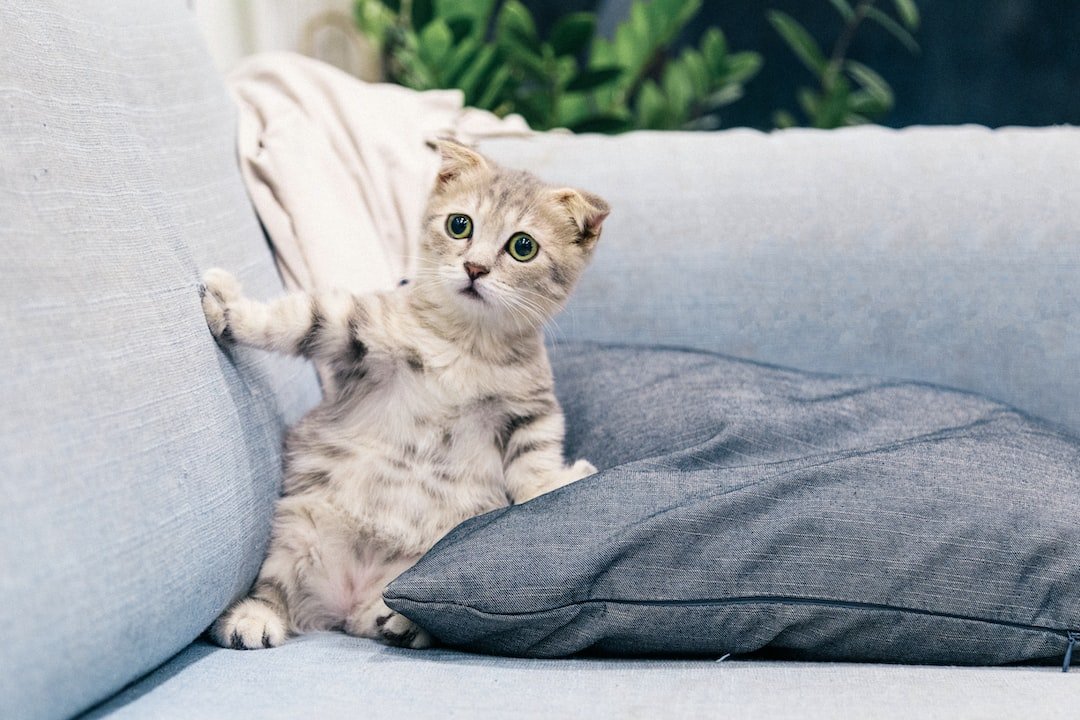Encouraging Good Behavior: Positive Reinforcement Techniques for Pets
Pets are an integral part of many families, providing companionship, love, and joy. As pet owners, it is our responsibility to ensure their well-being and nurture them as members of our household. One key aspect of responsible pet ownership is encouraging and reinforcing good behavior in our furry friends. In this blog post, we will explore the importance of positive reinforcement techniques and how they can be effectively employed to shape and reinforce desirable behaviors in pets.
Positive reinforcement is a scientifically-proven method of rewarding desired behaviors in animals. It involves the use of rewards, such as treats, praise, or play, to encourage pets to repeat actions that please us. This approach focuses on acknowledging and reinforcing positive actions rather than punishing negative ones. By associating rewards with specific behaviors, pets learn that exhibiting those behaviors leads to pleasant outcomes, increasing the likelihood of them repeating those actions.
First and foremost, it is essential to understand that pets are individuals with their own unique personalities, characteristics, and motivations. What may work for one animal may not resonate with another. Therefore, it is crucial to identify what motivates your pet – whether it be food, playtime, or affection – and use that as a reward while reinforcing good behavior.
One of the most common and effective positive reinforcement techniques is the use of treats. Food rewards are highly motivating for most pets and can be utilized to reinforce desired behaviors. For example, when training your dog to sit, you can give them a treat immediately after they successfully do so. By consistently rewarding this behavior, your dog will soon associate sitting with receiving a treat, making them more inclined to sit on command. However, it is important to note that treats should be utilized sparingly and balanced with a healthy diet to avoid weight gain or other health issues.
In addition to treats, pets also respond well to affection and attention. Verbal praise, gentle pats, and cuddles are powerful rewards that can significantly reinforce good behavior in pets. For instance, when your cat uses the scratching post instead of your furniture, immediately offer praise and pet them to demonstrate your approval. This association between positive attention and using the scratching post will encourage them to continue doing so. Remember, consistency is key, so be sure to offer praise each time the desired behavior is displayed.
Playtime can also be an excellent reward for good behavior. Interactive toys, such as puzzle feeders or toys that dispense treats, can engage and mentally stimulate your pet while simultaneously encouraging desirable behaviors. For instance, if you are training your parrot to perch on your finger, you can reward them with playtime, allowing them to frolic with their favorite toys. By associating the desired behavior with an enjoyable play session, your parrot will be more inclined to perch on your finger voluntarily.
Another crucial aspect of positive reinforcement is timing. Timely rewards are essential for effectively reinforcing behaviors in pets. The reward should be given immediately following the desired behavior, so the pet can easily connect the reward to their action. Delaying the reward might lead to confusion and make it difficult for them to understand which behavior is being rewarded.
Another important consideration is to avoid punishing or scolding your pet for exhibiting undesirable behaviors. Negative reinforcement can cause fear, anxiety, and a breakdown in the bond between you and your pet. Instead, redirect their attention to a more appropriate behavior, and when they exhibit the desired action, provide ample praise or rewards.
In conclusion, positive reinforcement techniques are invaluable tools for shaping and encouraging good behavior in pets. The use of treats, affection, playtime, and timely rewards helps create strong associations between desirable behaviors and pleasurable outcomes. By using this approach consistently and understanding what motivates your pet, you can cultivate a well-behaved and happy companion who brings endless joy to your life. Remember, the key to successful reinforcement is patience, consistency, and a whole lot of love!

